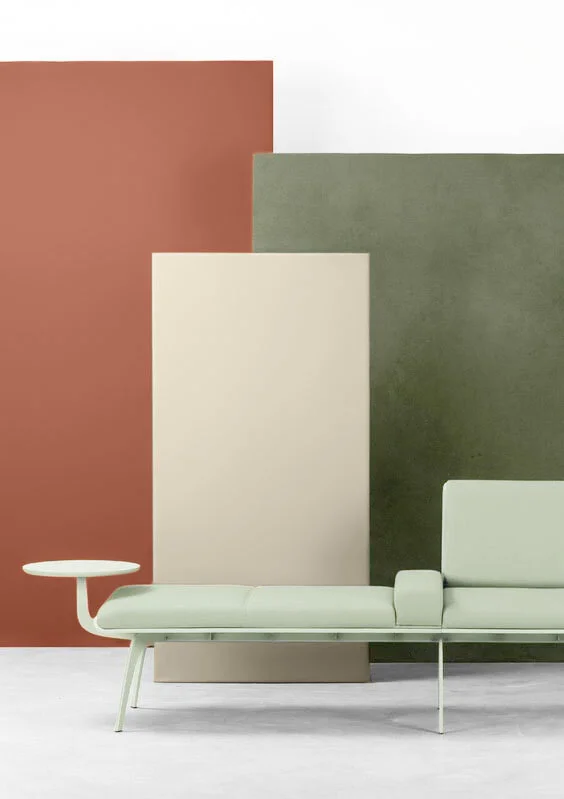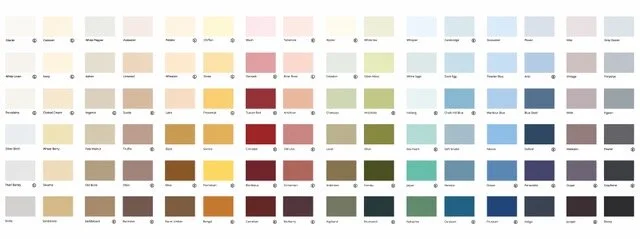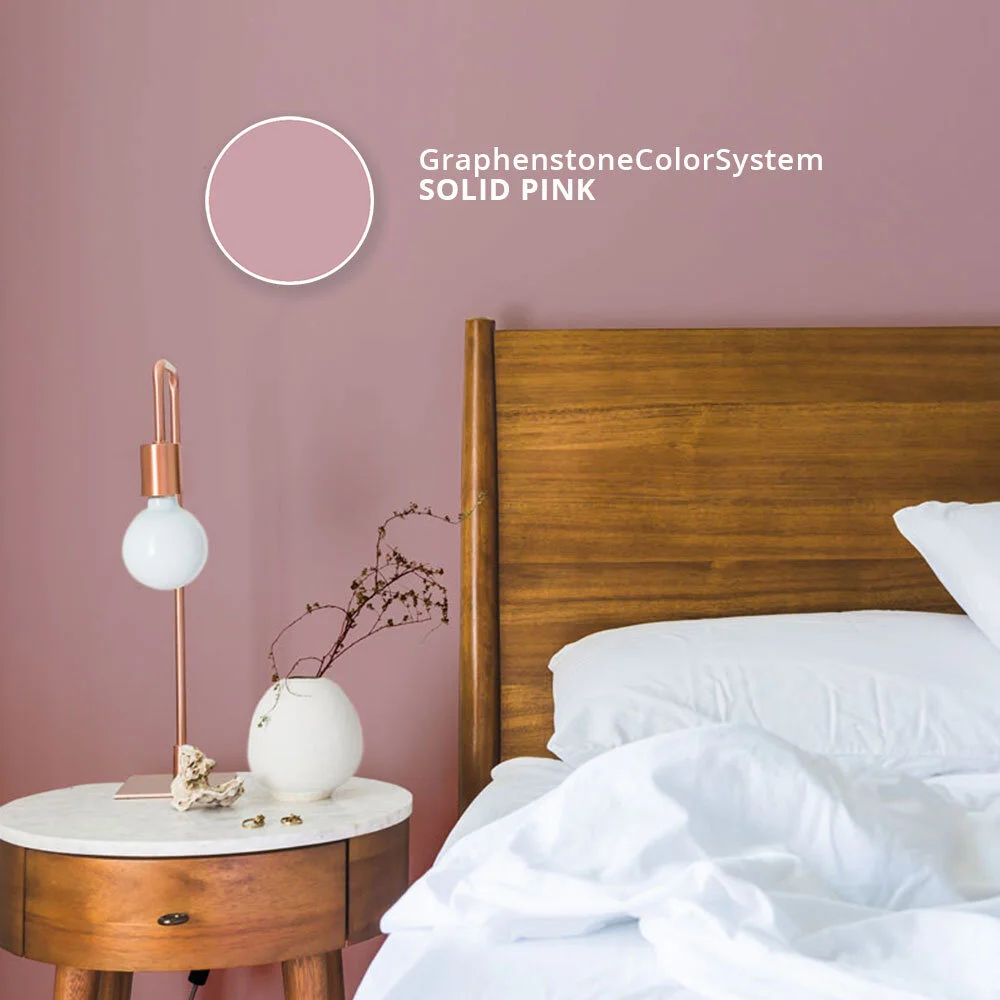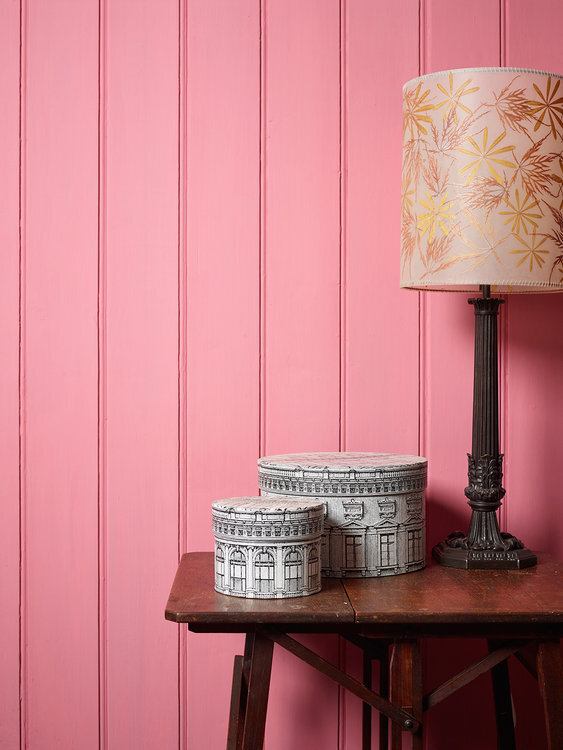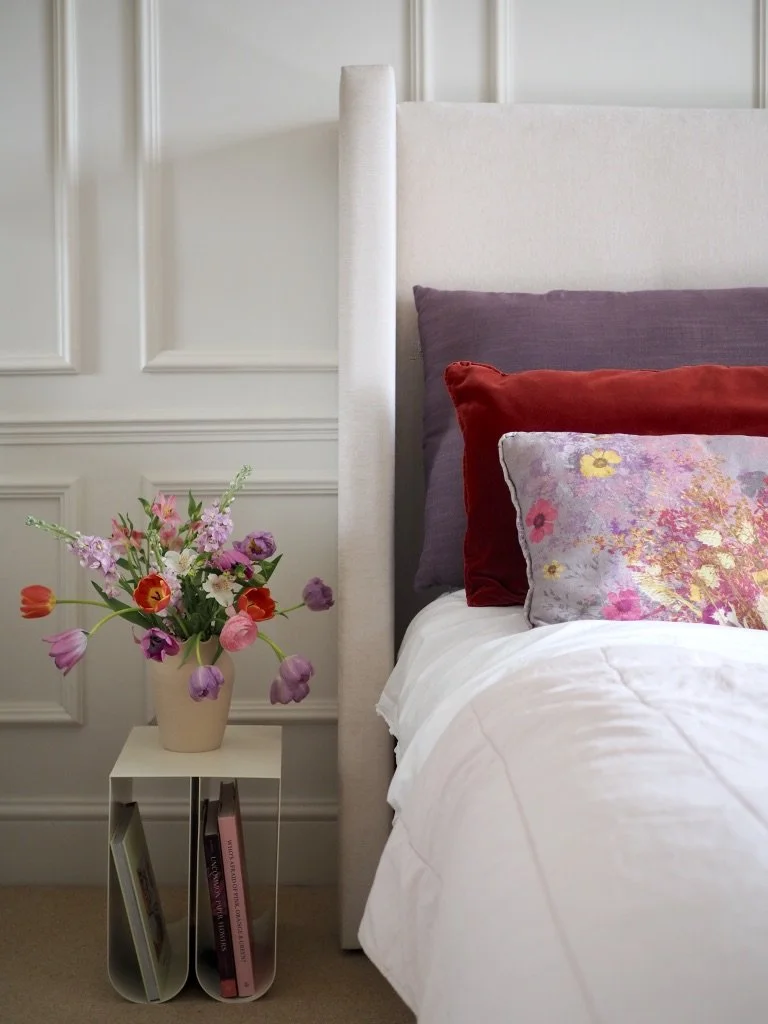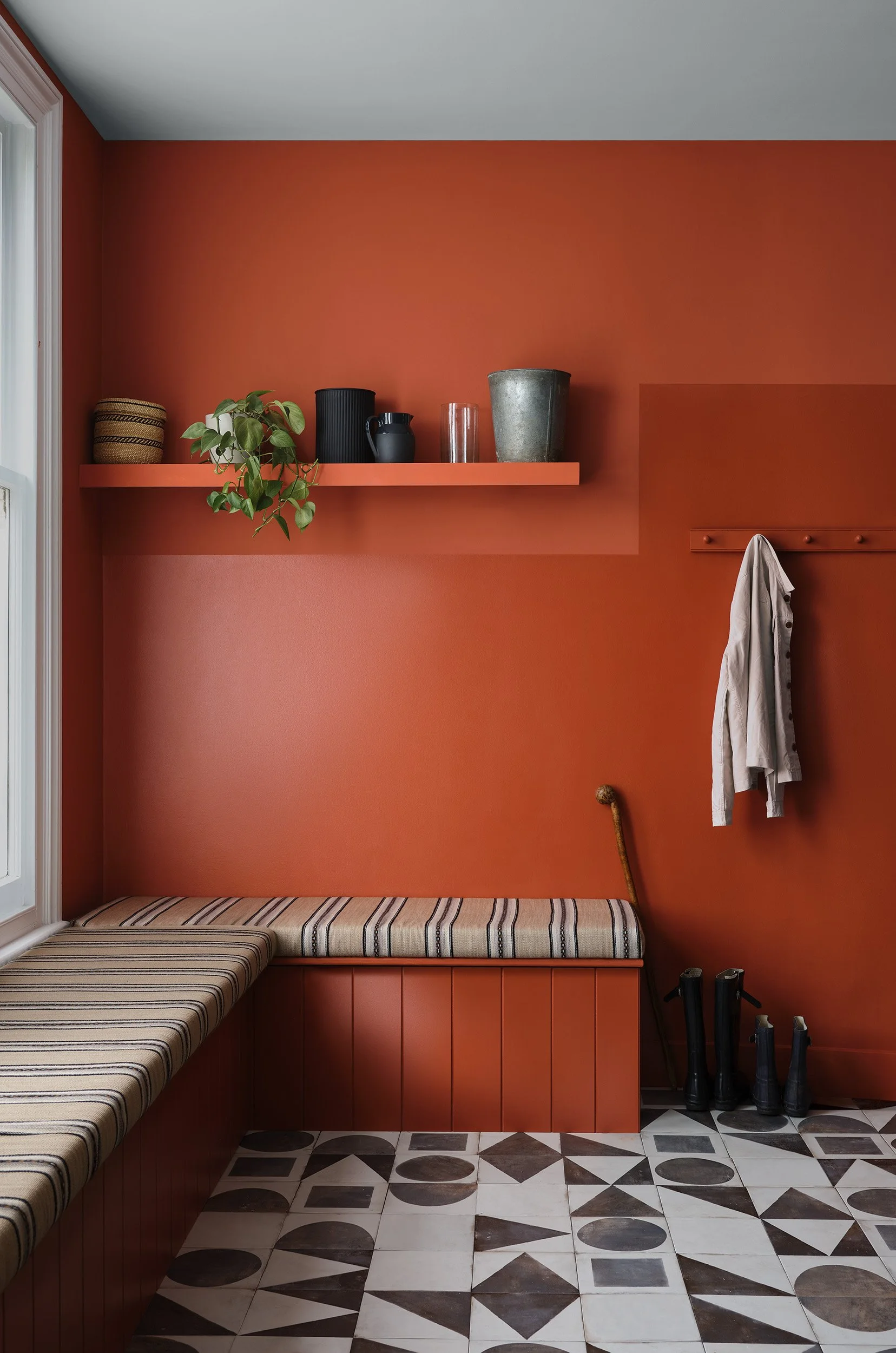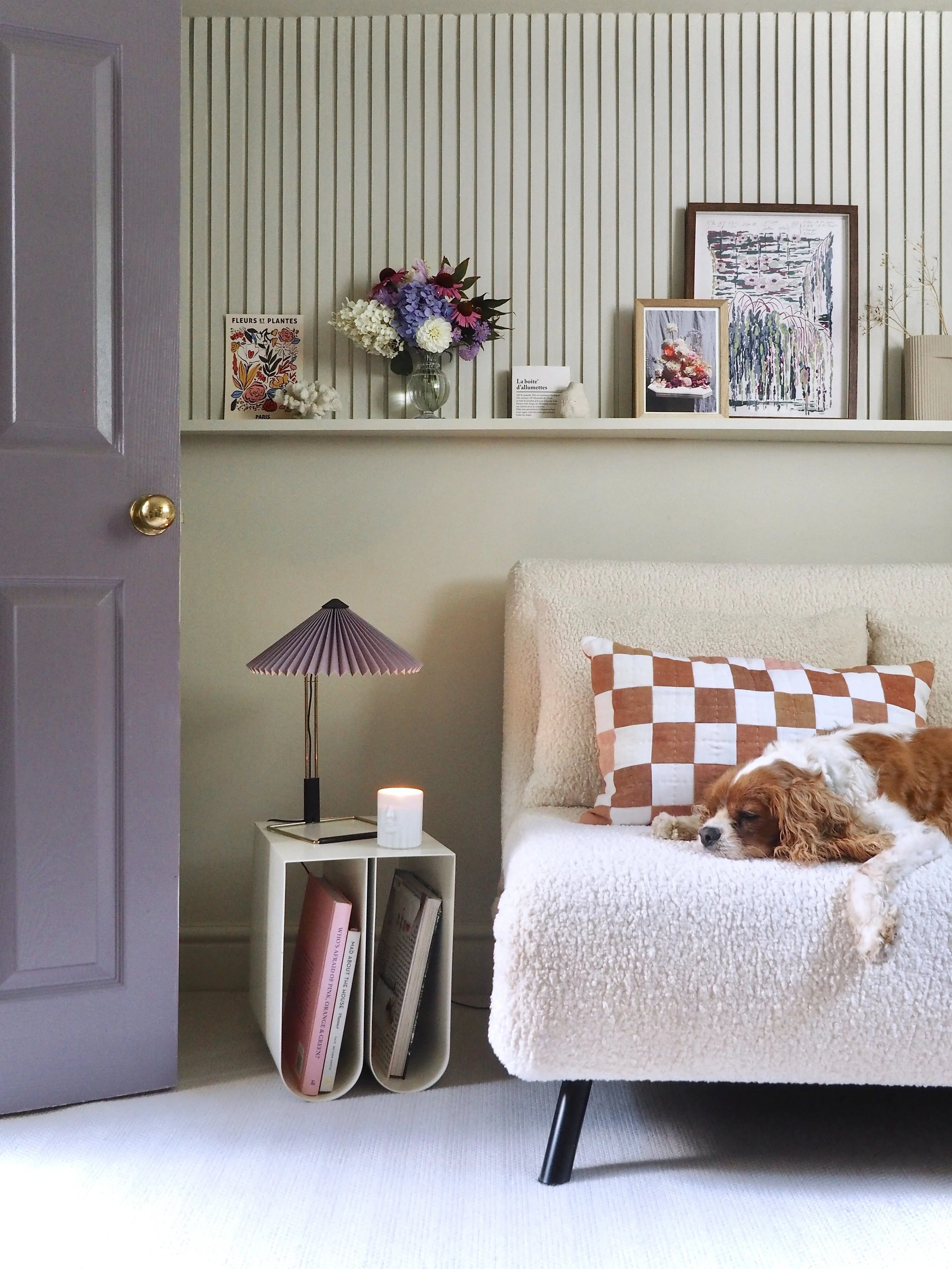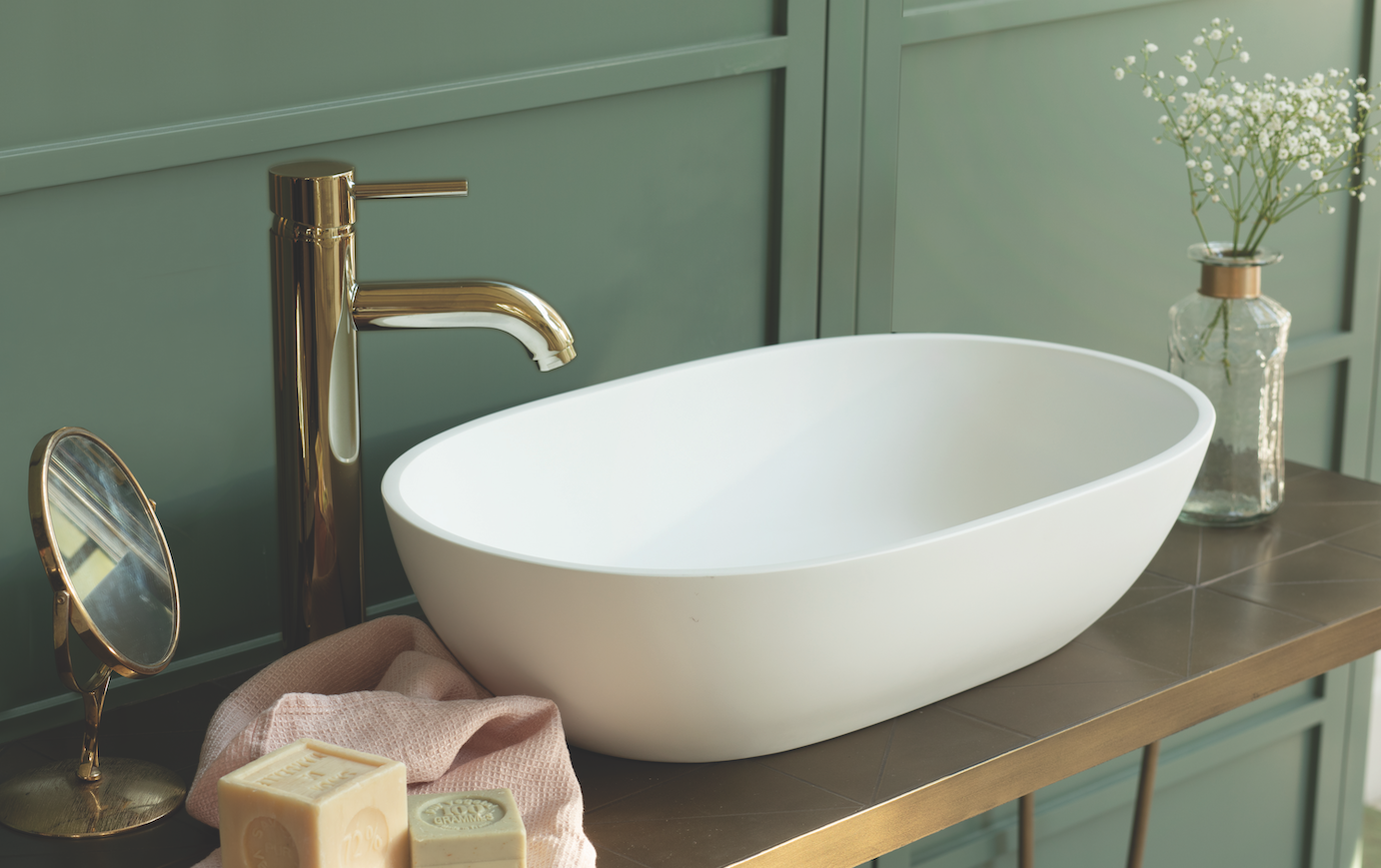Environmentally Friendly Paint: Everything You Need To Know About The Leading Eco Paint Brands
As a child of the ‘80’s, I vividly remember my parents decorating our family home: painting a room could only happen in the height of summer when all the doors and windows could be left open, as the harsh smell of chemical-laden paint travelled through every room in the house. If the room being painted was a bedroom, you couldn’t sleep in it for a good few days until the fumes started to subside. The end result of a day decorating was two paracetamol for a banging headache, a dizzy spell, and an early night.
Fast forward 25 years to when I was decorating my own home, things had moved on significantly. Paint VOCs (Volatile Organic Compounds - unstable chemicals that release gasses harmful to both people and the environment) had been drastically lowered and most paints had swapped to a water-based formula (as opposed to heavily-fumed, oil-based paint.) Higher quality paint brands containing more natural materials like clay or chalk began to be sold in the large DIY stores rather than just specialist shops, making them more widely available. Even though you still needed to take your old paint tins to a specific toxic waste centre to be disposed of, decorating was a much more pleasant experience.
These days, as we all move towards living a more sustainable life where environmental considerations are more important than ever, I think we will see a huge surge in the purchase of Eco Paint - paint without the usual plastic or harmful chemicals - over paints containing a higher level of toxins. Paint and all the related products that come with painting (brush cleaner, primers, spray paints) are one of the worst environmental offenders and are the second largest contributor of VOC emissions into the air after the motor industry. Painters and decorators by trade are also 40% more likely to be diagnosed with certain cancers and other severe health issues (both of these statistics are truly terrifying and statistics that I was completely unaware of before researching this blog post). If you get the decorators in and go on holiday for a week, don’t think you are safe either - paint seeps out VOCs into the air for a good 2-3 years after it has dried.
The good news is that there are some amazing companies out there leading the way with environmentally friendly paint. Once more a niche market for people with respiratory issues or allergies, Eco Paint is fast becoming the paint du jour. Below are four paint companies doing great things to offer an alternative to chemical-laden paint. In particular, the brand Graphenstone has gone one step further by developing a paint that absorbs harmful CO2 and actually purifies the air around it.
You would assume that Eco Paint would cause less environmental damage, but what about if it actually also aided the environment by absorbing Co2 from the air, the same as a tree? Leading Eco Paint brand Graphenstone claims that just 3 of their 15 litre pots of paint absorb 14,40kg (4.8kg per 15 litres) of harmful Co2. Once painted onto the wall, the limestone paint absorbs 40% of Co2 during the first 30 days and the remaining 60% during the next 2-3 years. This improves air quality in the home by providing a non-toxic alternative to synthetic paints.
Made from lime, silicate, clay, chalk and other natural ingredients, Grapehnstone paint is non-toxic, VOC free and void of oil or plastic (traditionally used in paint to provide good coverage and aid it to dry quickly). The key bit of science behind it is that it contains Graphene - the strongest material now known to science and 200 times stronger than structural steel. This conductive material enhances the hardness, durability, compression, tensile strength, elasticity and coverage of the paint, all while also reducing the carbon footprint to actually make it.
Graphenstone has unsurprisingly won every ‘green’ award going. While it has previously been marketed to planners, architects and builders working in areas such as healthcare and catering, the demand for more environmentally friendly paint has meant that it is now becoming more widely available for homeowners and renters to purchase via specialist decorators merchants or online with a range of 96 ‘House’ colours in a rich matt finish:
Graphenstone’s ‘House’ colour range.
To meet the requirement of reducing our carbon emissions in the UK, Graphenstone is exactly the kind of paint technology that we need. To find out more about the Graphenstone product range click here. To find out more about how Graphenstone paint absorbs Co2 then click here.
The American paint brand Benjamin Moore has been steadily growing in popularity in the UK the past couple of years. Included in their vast range of collections and finishes is ‘Natura’, a paint range stripped of all the nasty components, but without compromising on colour, coverage or durability.
Awarded a zero emissions rating and certified as Asthma and Allergy friendly™ by the Asthma and Allergy Foundation of America, Natura uses Gennex colourants which are low VOC, but provide a good depth of colour. This means that they can sell Natura in all 3,500 Benjamin Moore shades (including the tricky darker hues).
If you want to use environmentally friendly paint but in all honesty would choose colour, quality or coverage over environmental credentials, then Natura would be the paint for you. Find out more about the Natura range here.
The prestigious interior designer Edward Bulmer developed his natural paint brand after becoming concerned for the welfare of his clients and his employees using more traditional, VOC-laden paints. Renowned for restoring a wealth of historical UK buildings (including Hampton Court and Chequers), Bulmer also knows the importance of letting an older building breathe. Traditional plastic paints can form a film on a wall leading to trapped moisture and mould - a nightmare for heritage builds - which can lead to bubbling and blown plaster. To avoid this, Bulmer developed a natural, organic range of paints that didn’t seal in any nasty elements and could expel any toxins. The natural pigments he adds into the paint also create a depth of colour that he believes cannot be matched by synthetic paint pigments.
Bulmer is proud to declare every single ingredient in his paint, which is all plant-based and made up of ingredients such as linseed oil, chalk, earth and mineral pigments. The paint is manufactured in northern Germany with an invisible carbon footprint (they are Co2 neutral) with a production line that does not create a vast amount of toxic waste.
As expected, the colour palette for Bulmer’s natural paints reflects the colours of nature: lots of browns, yellows, greens and blues, void of darker shades or jewel colours. If you have an older, heritage home or a country house and you want to be sympathetic to the house’s period, then Bulmer’s paints will be for you. Click here to shop the collection (including the full ‘Nursery’ range for newborns).
Earthborn have done a fantastic job of marketing their Eco paint - they creating desirable, on-trend press imagery, and collaborating with with bloggers, Instagrammers and celebrities in order to push their brand of Claypaint into the mainstream. The fact that they are so trend-led means that the 72 shades available are perfect for those seeking designer, fashionable wall colours (‘Donkey Ride’ - a warm neutral - is a huge hit all over social media).
Their Eco-conscious paint is free from acrylics, oils and vinyls and is low in VOCs. It’s also completely breathable, so like Bulmer’s Natural Paint, it is perfect for older buildings where the walls may contain moisture.
Created in a sustainable manner, their Claypaint is also completely odourless, so it’s the perfect choice for nurseries and children’s bedrooms. When I was pregnant with my son, for the first time I started to question everything I put on my body or inhaled (from perfumes to deodorants), so I think it’s unnerving as a parent to smell paint fumes in the room your child sleeps.
Having used Earthborn paint myself in my own home, I can clarify that the paint is thick, heavy and provides great coverage. To find out more about Earthborn, click here
All imagery used in this post is owned and used courtesy of the respective paint brands.




